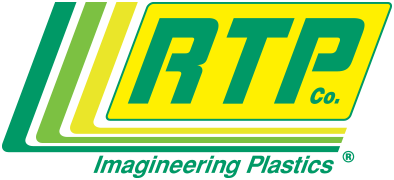RTP 200 Series Compounds
This data provides comparative information on the shielding performance of standard RTP Company nylon 6/6 compounds using various combinations of additives and loading levels.
Instead of off-the-shelf solutions, RTP Company routinely develops specialty compounds with a precise combination of properties such as conductivity, flame retardance, structural reinforcement, color, and wear resistance to meet your exact application requirements.
RTP 200 Series
Nylon 6/6 Compounds
Many types of nylon are commercially available. The most popular type is nylon 6/6, followed by nylon 6, then nylon 6/12, nylon 11 and nylon 12. Nylon 6/6 offers an excellent balance of properties and is the strongest of the nylons.
Nylons absorb more moisture than most other polymers. Moisture acts as a plasticizer, reducing tensile strength and stiffness. While absorbed moisture may reduce some properties, significant increases in elongation, impact strength, and energy absorbing characteristics are noted with increasing moisture content. Properly recognized and accounted for, the effect of moisture on the processing and properties of nylon need not be of great concern.
Carbon Fiber Products
- Reinforcing
- Highest strength/modulus properties of the common shielding additives
- Lowest cost of the common shielding additives
- Low shielding performance
ESD 281
Carbon Fiber 10%
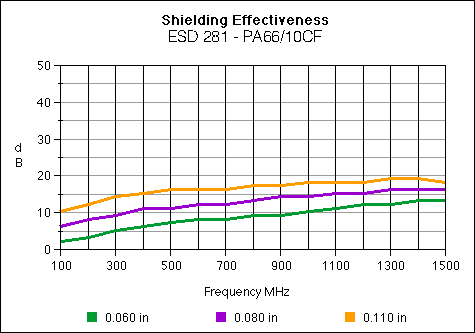
ESD 283
Carbon Fiber 20%
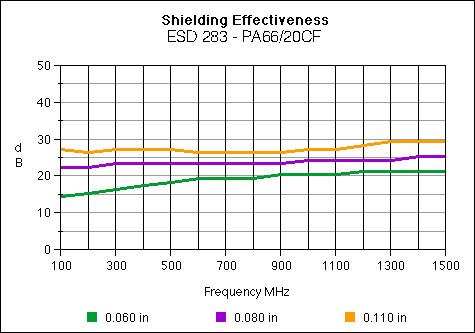
ESD 285
Carbon Fiber 30%
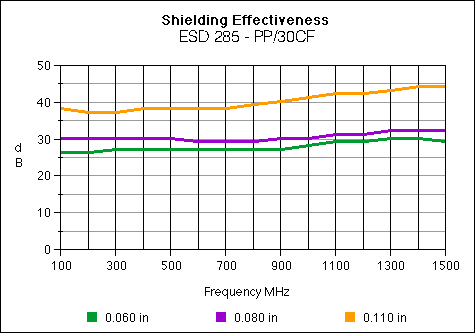
Stainless Steel Fiber Products
- Non-reinforcing
- Minimal effect on neat resin properties
- Similar mold shrinkage to neat resin
- Good shielding-to-cost performance
- Best colorability of the common shielding additives
EMI 260.5
Stainless Steel 5%
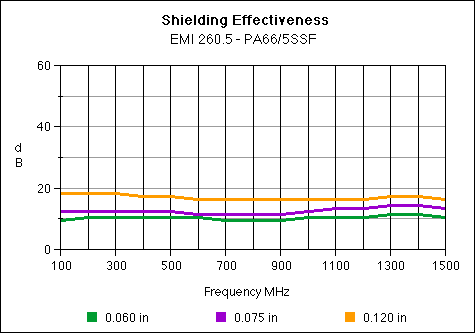
EMI 261
Stainless Steel 10%
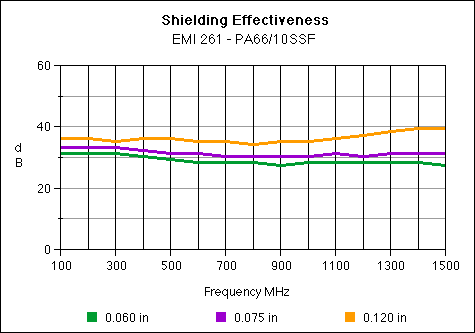
EMI 262
Stainless Steel 15%
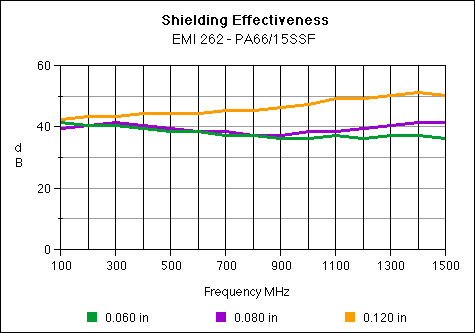
ASTM D4935: Standard Test Method for Measuring the Electromagnetic Shielding Effectiveness of Planar Materials
This test method provides a procedure for measuring the electromagnetic (EM) shielding effectiveness (SE) of a material due to a plane-wave, far-field EM wave. The test utilizes a coaxial transmission line to determine the shielding effectiveness of a given material. The test method is valid for a frequency range of 30 MHz to 1.5 GHz. Various thicknesses and types of materials can be tested to acquire a relative ranking of shielding effectiveness.
Supporting Product Information
Chemical Resistance
Information on resin resistance to chemical and environmental exposure.
RTP Company Nomenclature
Guide to the identification system used for RTP Company products.
EMI Primer
The nuts and bolts of EMI and how thermoplastics can function as a shield.
No information supplied by RTP Company constitutes a warranty regarding product performance or use. Any information regarding performance or use is only offered as suggestion for investigation for use, based upon RTP Company or other customer experience. RTP Company makes no warranties, expressed or implied, concerning the suitability or fitness of any of its products for any particular purpose. It is the responsibility of the customer to determine that the product is safe, lawful and technically suitable for the intended use. The disclosure of information herein is not a license to operate under, or a recommendation to infringe any patents.
